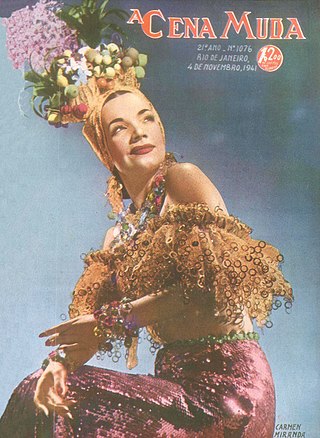
The Extravagant and Glamorous Life of Sascha Brastoff: An Artistic Journey

**Sascha Brastoff: A Journey from USO Camp to Ceramic Kingdom**
*SYRACUSE, New York* — Amidst the turmoil of World War II, a young and flamboyant artist named Sascha Brastoff was drafted into the United States Army in 1942. But rather than fighting on the front lines, Brastoff carved out a place for himself where few could shine—a stage. As part of the United Service Organizations (USO), Brastoff entertained his fellow troops, donning eccentric costumes that would light up entire rooms. His alter ego, “GI Carmen Miranda,” complete with a makeshift fruit-bedecked headpiece assembled from everyday military items like a hand broom and canteen, became a symbol of resilience and joy in a dark time.
Fast forward to today, and Brastoff, who passed away in 1993, continues to dazzle audiences—but this time not under the glare of stage lights, but through his eclectic creations in ceramics, sculpture, and design. Brastoff’s artistic legacy is on vivid display in his first-ever museum retrospective, *Sascha Brastoff: California King*, showing at the Everson Museum of Art in Syracuse, New York, until December 29, 2023.
### From Soldier to Style Icon
Sparked by the flamboyance of his USO performances, Brastoff’s creative talent in costume design caught the eye of 20th Century Fox, thus paving his entrance into Hollywood circles. There, he mingled with stars such as Carmen Miranda—the real one—and worked as a costume designer and performer. However, it wasn’t just Hollywood glamour that defined his career.
While Brastoff is perhaps less well-known compared to other mid-century designers, he found prominence through his complex mix of high style, theatrical flamboyancy, and a keen business eye. Bridging the taboo world of queer underground aesthetics with commercially viable products, he made waves in the elite circles of Los Angeles and beyond. His medium of choice? Not just performance, but porcelain, sculpture, and even metals, which gained attention from the glitterati of the postwar 1950s and beyond.
The *California King* exhibition graciously walks visitors through Brastoff’s diverse body of work, drawing on loans from private collectors, including David Newmarket and biographer Steve Conti. At the core of the exhibition is the artist’s work in ceramics—an unexpected, but ultimately lucrative pursuit that led him to establish his own porcelain housewares company, Sascha Brastoff, Inc. Financed by none other than Winthrop Rockefeller, grandson of John D. Rockefeller, Brastoff’s factory churned out ashtrays, gilded animal figures, and stylish dinnerware that defined postwar American elegance.
### A Visual Feast of Camp, Mythology, and Eroticism
While *California King* may focus on Brastoff’s ceramics, the exhibition is equally a portal into the artist’s life. Personal photographs, videos, and ephemera abound—showcasing not just his decorative creations but his creative process. Visitors are shown a wide range of artifacts from his drag costumes, giving them a glimpse of how he staged his life as a flamboyant performance piece.
Elaborate works ranging from gilded tableware to erotic mythological imagery line the gallery. Brastoff’s playful use of mythological creatures—erotic chimeras of human and sea-creatures endowed with expansive breasts and phalluses—pushes the boundaries of mid-century decor with attitude and wit.
In fact, Brastoff’s ability to dabble across various genres—be it campy drag shows, commercial dinnerware, or Biblical and mythological figures—proved the elasticity of his aesthetic vision. From metal sculptures that featured in the 1956 sci-fi film *Forbidden Planet* to late-life collaborations with jewelry designer Marilyn Watson, Brastoff’s work constantly evolved. His mix of the theatrical with the domestic resulted in pieces that spoke both to individual liberation and mass consumer taste.
### A Crowded Celebration
Walking through the Everson Museum’s jam-packed gallery can be a bit overwhelming—as if you’ve wandered into a Baroque palace adorned with louche mid-century American designs. Yet this bombastic visual feast mirrors Brastoff’s maximalist tendencies well. His brand of extravagance wasn’t just about form—it was a rebellion against the social restrictions of his time, particularly around sexuality and identity. The dense display of his work is a perfect fit for an artist who lived in complete awareness of life’s complexities, contradictions, and excesses.
From flamboyant drag performer to mid-century design magnate, Brastoff was a figure both of his time and ahead of it. Though his work slid into obscurity towards the end of his life, his reputation has slowly begun to return, with collectors, scholars, and curators recognizing the progressively audacious fingerprint he